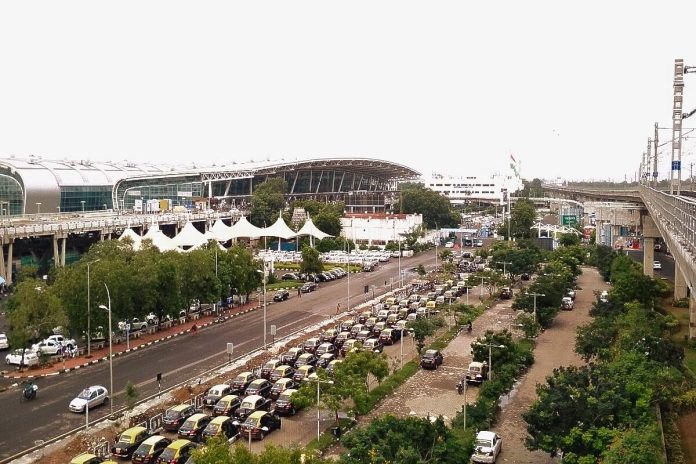Flying into Chennai city is set to become even safer, thanks to the upcoming runway extension project initiated by the Airports Authority of India (AAI).
This endeavour will focus on extending the runway-end safety areas at both the primary and secondary runways.
The primary objective of these runway-end safety areas is to prevent aircraft accidents in the event of runway overshooting or landing before the designated touchdown point.
These safety areas will be constructed using soft materials designed to bury the aircraft’s wheels, effectively halting the plane in its tracks. Typically, there are approximately 60 metres of space allocated at either end of the runways for these safety measures.
The decision to undertake this project was prompted by the allocation of additional land from the state government and the defence sector.
This strategic move will enable the airport to fully utilise the length of its runways without any restrictions, particularly benefiting the Manapakkam end of the secondary runway.
While the primary runway already possesses adequate safety buffer areas at both ends, limitations arose due to the lack of available land and the presence of nearby residential and commercial facilities.
Notably, the GST-road end of the secondary runway is complicated by the presence of an underground metro rail line, while one end of the main runway is surrounded by buildings.
Pilots have welcomed this initiative as an additional layer of safety, especially considering the airport’s location within a city characterised by numerous obstructions posed by buildings, as per Times Of India report.
Airport officials emphasise that the extension, even by a few metres, adds an extra layer of safety to operations.
Furthermore, this development aligns with the airport’s growing resurgence in flight movements, which have now returned to pre-COVID levels.
During peak hours, the airport manages approximately 35-40 flights per hour, underscoring the importance of such safety enhancements in managing increased air traffic.


